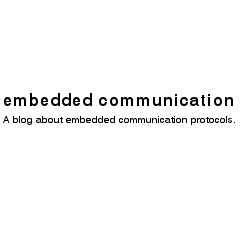SYNC is a special service, which is available both in CANopen and CANopen FD.
The SYNC producer (usually a controller or another device with a precise clock) cyclically transmits a SYNC message, which can be received by other devices (SYNC consumers). These SYNC messages can be used to synchronize anything, but are mostly used to synchronize the PDO transmissions or to synchronize actions.
SYNC configuration objects
The SYNC producer has 2 or 3 objects in its object dictionary to configure the SYNC message:
- 0x1005 – COB-ID Sync: Definition of CAN-ID and if a device is producer or consumer
- 0x1006 – Communication Cycle Period: Time between 2 SYNC messages
- 0x1019 – Synchronous Counter Value: optional object to configure SYNC messages with a SYNC counter

